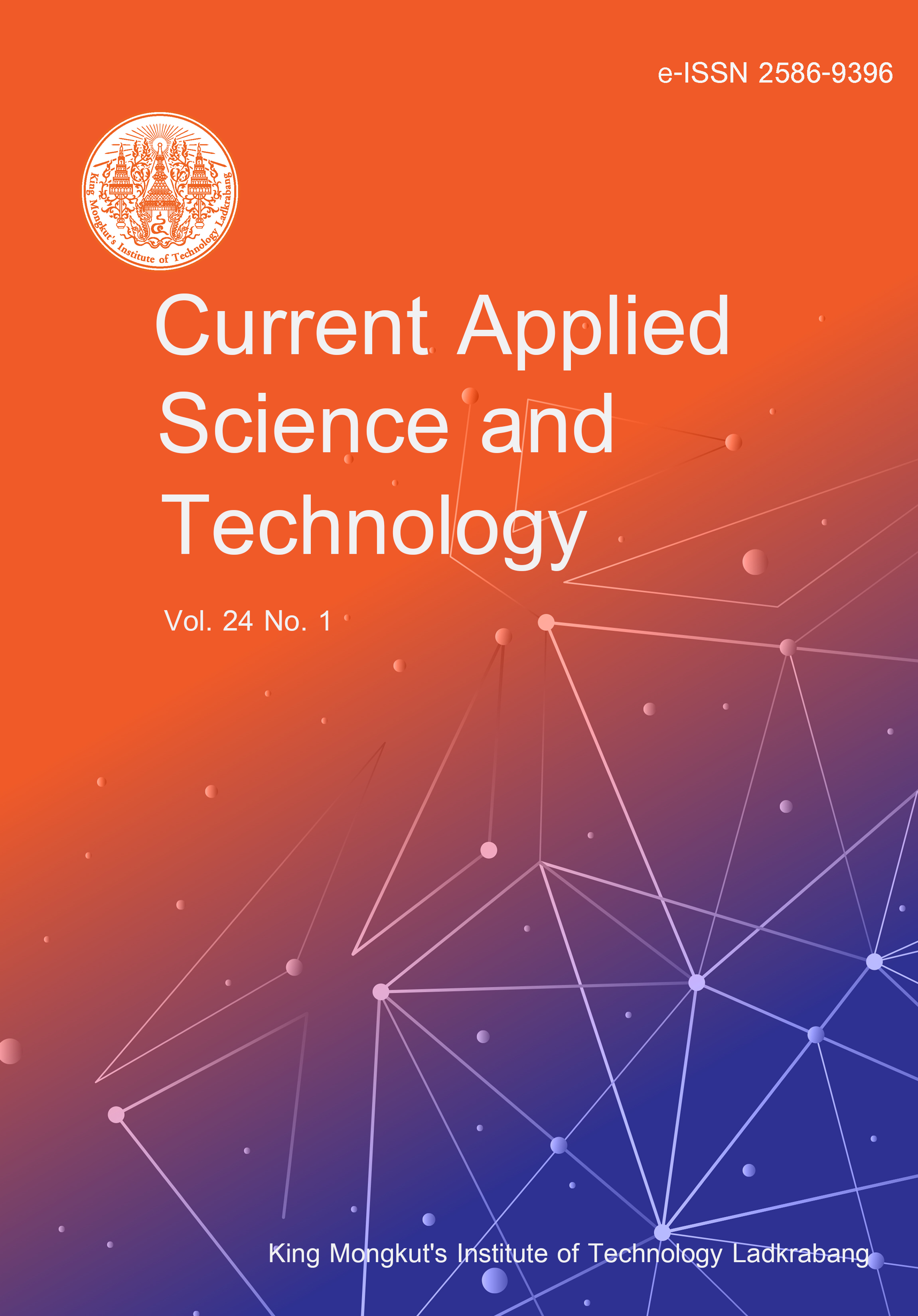Flotation wastewater treatment is widely used in various treatment systems. The choice of aeration system plays a considerable role in the development of highly efficient flotation tanks. The objective of this work is to point out factors that influence the choice of flotator type, and to offer recommendations based on literature review and data analysis. In this paper, the various types of aeration systems used in flotation tanks are considered: mechanical, pneumatic, pneumohydraulic and ejection systems as well as dissolved air flotation and electroflotation systems. Their main advantages and disadvantages are pointed out. The specific features of flotation tank constructions are considered. The factors that influence the choice of aeration system such as the parameters of wastewater (pH, conductivity, temperature), requirements for the quality of treated water, reliability and simplicity of maintenance, capital and operating costs are defined. The peculiarities of various aeration system applications in different conditions are revealed. A comparison of the energy consumption of the considered systems of aeration is presented. In conclusion, practical recommendations for the choice of aeration system depending on various factors are offered.
Sazonov, D. ., & Antonova, E. . (2023). Common Issues in Aeration System Choice for Flotation Wastewater Treatment. CURRENT APPLIED SCIENCE AND TECHNOLOGY, e0256800. https://doi.org/10.55003/cast.2023.256800

